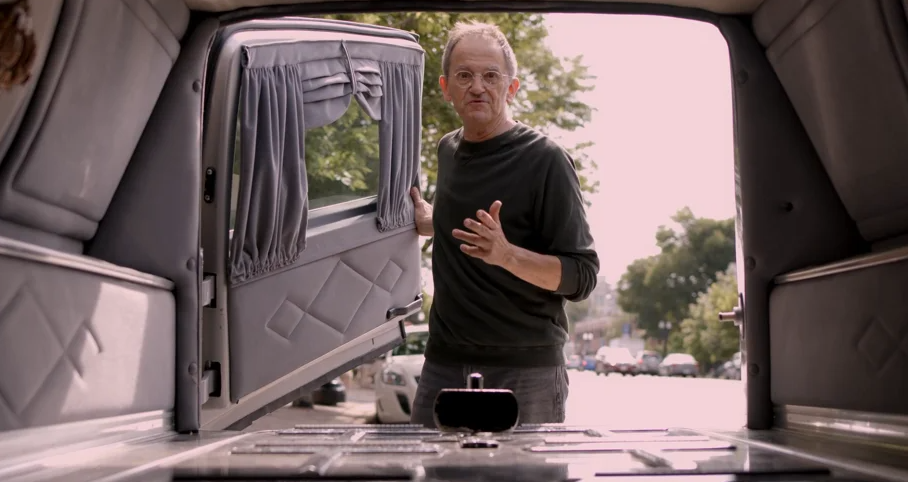
About the Film
Director’s Statement
EVERYONE DIES
I’m going to die. And so are you. That’s just a fact.
Most of us will have family and/or friends to care for us at the end and honor us afterwards. But not everyone. Some corpses go unclaimed, even though their names are known and families and acquaintances notified. Quite simply, nobody wants them.
THE UNCLAIMED
Six years ago, I stumbled upon a news article about how Los Angeles County cremates six unclaimed bodies a day. Nearly 1,800 every year. Many, though not all, are indigent. These are the unclaimed dead. The thing that struck me most in the article was that, in many cases, the only one who finally treats them with respect is the last person to see them: the cremator.
The cremator gets to say goodbye.
THE PROCESS
In my research, I found that cities and counties throughout the United States follow almost identical procedures. They all try to locate next of kin or companions to take possession of the corpse. Typically, after about 30 days of searching and because of limited storage space, the bodies are cremated. The remains are stored for a year or two in case someone shows up to collect them – which is rare – before a mass burial at a local cemetery.
I spoke with a number of funeral directors and cremators about the industry in general, and about care for the unclaimed in particular. I witnessed the cremation process first hand, and I toured a crematorium factory, meeting with an engineer who designs and builds the furnaces.
AND HERE WE ARE
Cremation of the discarded dead is the jumping off point and underlying current that rumbles throughout the script. But as you’ll see, it’s really about relationships, the coming together of the lonely living to form unlikely friendships. That’s what drives the story, a story that’s become the film, Unclaimed.
TW Miller
Writer, Producer, Director
Director’s Bio
I could barely breathe, my head bowed as I fought for oxygen. “You okay?” she asked. I nodded. She looked at me and said, “Wanna do it again?” I looked up at her, the instructor, and mumbled, “Oh, yeah!”
So, I did it again: directed my first on-camera shoot. And my life changed right there, in that moment, in that classroom.
I had to be part of this industry.
So, I quit the actor’s life (I was tired of waiting tables, anyway), squeezed everything I owned into my oil-leaking ’86 Toyota, bid Chicago farewell and drove to LA.
Spent 20-some years in and around Hollywood, writing, producing and directing award-winning on-air promos, radio spots, interstitials, show segments and sales presentations for studios, networks and production companies, including Warner Bros, Sony, 20th Century Fox, ABC, NBC, and Disney, among others.
Speaking of the Mouse House, I landed at Disney for five years as a director of video production, marketing their syndicated shows. While there, I also helped develop the ABC medical-reality show “Vital Signs.”
Eventually, however, I left to go freelance and field-direct 100 segments of a reality show, followed a million other gigs with some really nice and really talented folks all over that town of tinsel and fallen angels.
And now, I’ve circled back to live once again in Chicago, where that long-ago passionate discovery first took my breath away.
Still does.
